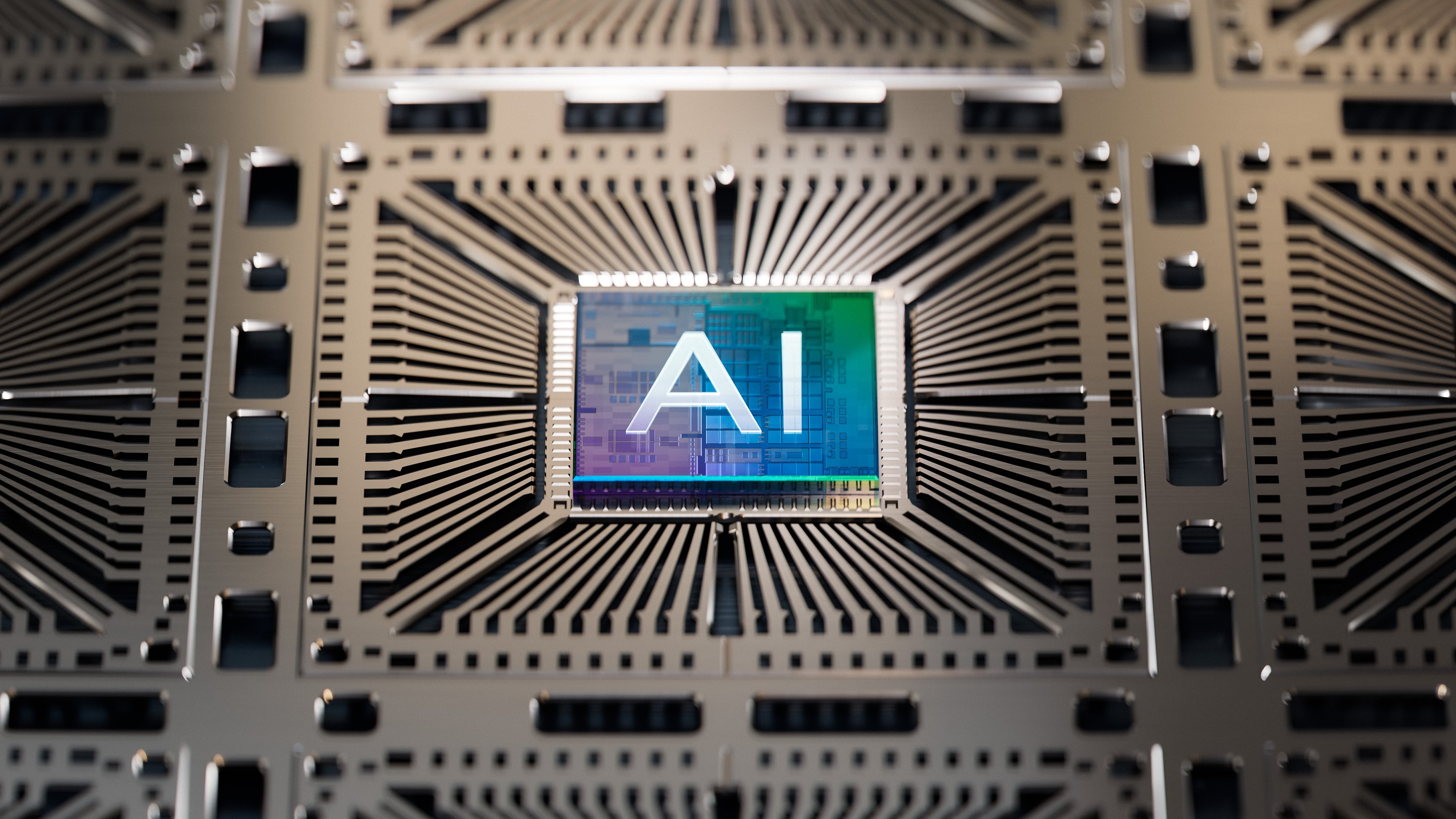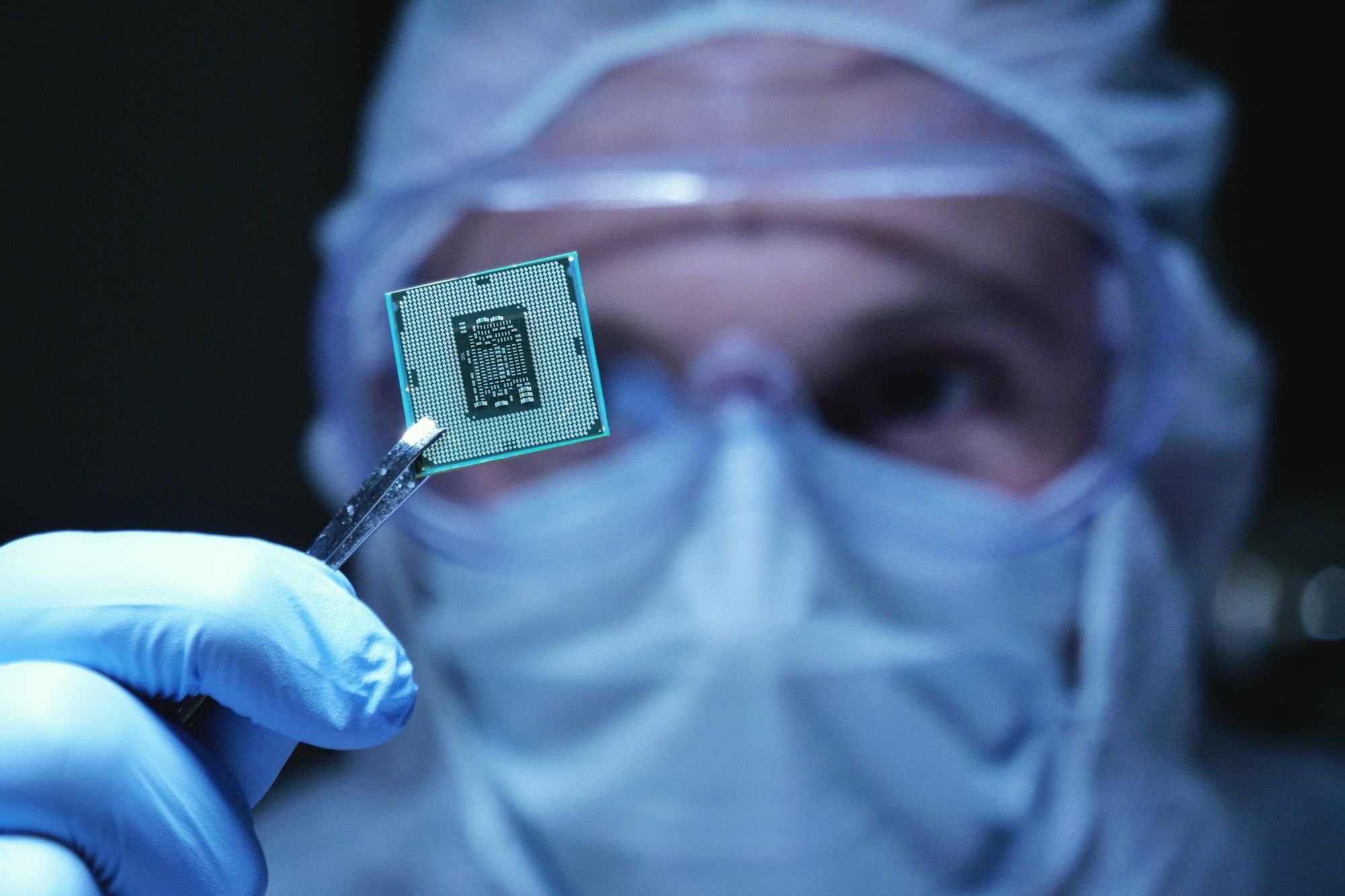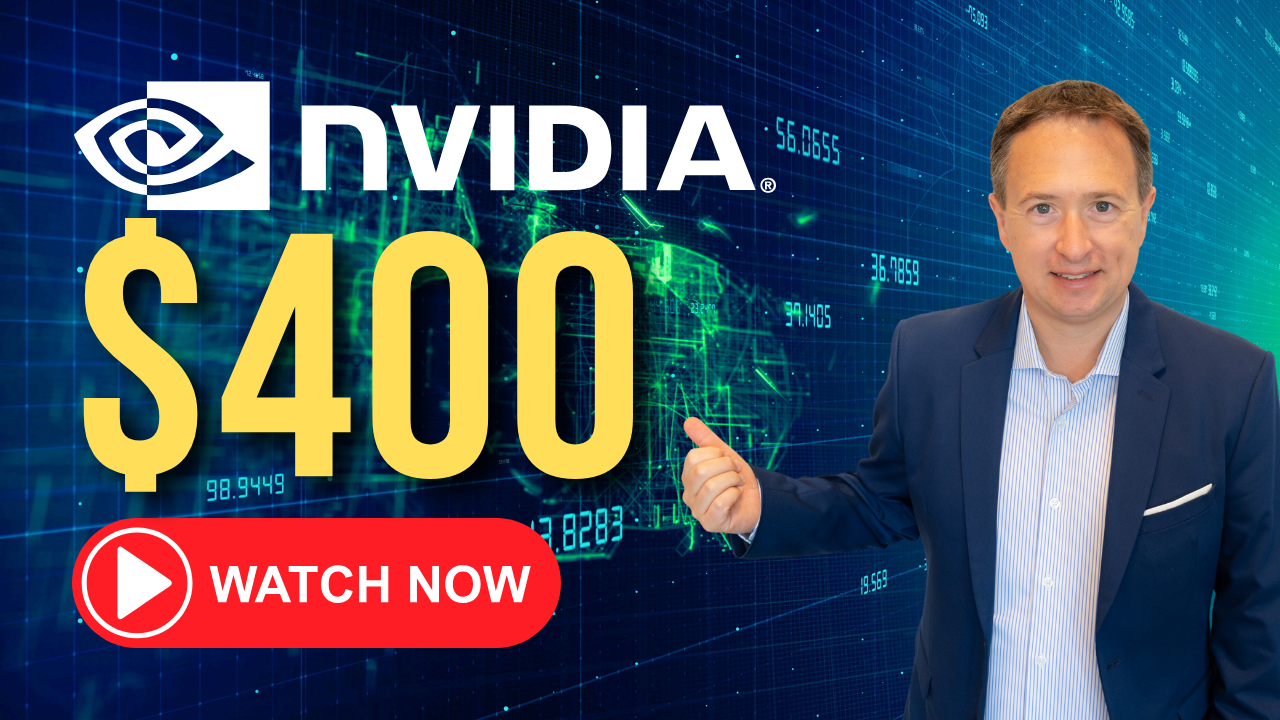On Monday of this week, Nvidia (NVDA 3.30%) retreated hard off its recent highs, after it was disclosed that CEO Jensen Huang sold $95 million worth of stock, or 720,000 shares, in just one week between June 13 and June 21. The sales were part of a trading plan in which Huang plans to sell up to 6 million shares of stock.
Reason to worry? Not necessarily. After all, even 6 million shares is a very small proportion of Huang's holdings, which amount to a whopping 866.7 million shares between personal accounts, partnerships, and trusts.
Still, with Nvidia skyrocketing 140% this year to briefly become the most valuable company in the world (rare for a semiconductor stock), and its valuation stretched accordingly, there are three big risks of which Nvidia shareholders need to be aware.

NASDAQ: NVDA
Key Data Points
Is AI the real deal?
Right now, cloud companies and large enterprises are falling all over themselves to buy as many Nvidia chips as they possibly can. The newfound capabilities of artificial intelligence technology have opened up growth and efficiency possibilities for every company on Earth, and virtually every company out there is experimenting with AI to see what it can accomplish.
But while AI experimentation is a "must-do" today, it remains to be seen if the end benefits justify the massive investments being made now.
There are some signs AI isn't working out, at least not yet, for many companies. McDonald's just canceled an AI-powered drive-thru initiative and is rehiring human workers. In late May, Bill Gates-backed venture company BENlabs, formerly Branded Entertainment Network, laid off half its staff and fired its CEO after an expensive effort to transform into an AI software-as-a-service (SaaS) company didn't pan out.
According to software company Lucidworks, which just completed its second annual AI study, only 63% of companies surveyed planned to increase spending on AI initiatives this year, compared with 93% last year. Lucidworks says the reduction is due to many companies not yet seeing the returns on large AI investments. Concerns over costs, the accuracy of large-language-model-based pilots, and data security all surged compared with last year, according to the survey.
This is not to say that AI is a mirage. After all, companies are still continuing to spend on the new technology, even if they are not increasing spending beyond pilot programs. Eventually, as the technology improves, there could be greater implementation. However, since Nvidia's stock price appears to be anticipating nearly uninterrupted growth, a slowdown in investment could be a big danger.
Nvidia is still dependent on TSMC
Remember, Nvidia doesn't actually manufacture its own chips -- it only designs them. It outsources the production to Taiwan Semiconductor Manufacturing (TSM 4.26%).
There are multiple risks tied up in that. The first, obviously, is that virtually all of Nvidia's chips are made in Taiwan, which is embroiled in geopolitical tensions with China. Should China eventually attempt to attack Taiwan, there could be material problems there.
It's also not assured that TSMC will hang on to the lead in leading-edge chip manufacturing. While TSMC surpassed Intel (INTC 4.33%) in terms of leading-edge chipmaking about 10 years ago, Intel is working on a plan to regain process technology leadership by next year. While it remains to be seen whether Intel will pull it off, the company recently announced it is successfully in volume production for its Intel 3 foundry, the third of the company's "five nodes in four years" plan.
That milestone is on target, which means Intel has a shot at backing up its claims to regain process leadership by 2025 as it reaches its 18A node.
Reaching the lowest-nanometer chip manufacturing is only part of the story. Nvidia's parallel processing GPU technology has been key to its success. But Intel has its own AI accelerator chips called Gaudi, which will be merged into an entirely new AI chip platform called Falcon Shores by the end of next year.
Intel may also produce AI accelerators designed by other cloud computing giants in its new foundry, which it's opening to third parties. For instance, Microsoft announced in February that it would become an Intel foundry customer. While not specifying which chips it would be making there, one can imagine that Microsoft would love to produce its own Maia AI chips with higher transistor density than Nvidia's GPUs, given how expensive Nvidia's chips are to Microsoft today.
Can CUDA keep customers in the Nvidia ecosystem?
Even if another company does take transistor leadership from TSMC, there is another way for Nvidia to have customers continue to buy its chips. That is the CUDA software platform, which Nvidia began developing in 2006, and which has become the preferred way for developers to program graphics chips for parallel processing.
CUDA benefits from strong network effects today. After all, developers know how to use it and that it will work. So buying Nvidia chips will save the hassle of learning a whole new system, which likely isn't as comprehensive as CUDA.
Still, CUDA is a closed system, and given the exorbitant prices Nvidia is now charging for its chips, it's pretty clear the tech community would like to have an open-sourced neutral platform that can work on any type of chip.
Both Intel and Nvidia rival Advanced Micro Devices (AMD 4.81%) are working on their own open-sourced versions of AI programming software, too. AMD has its ROCm platform, which has been partially made open-source and able to support multiple types of GPUs. And Intel's oneAPI has not just Intel but several tech giants working on the platform in tandem, with the goal of having one platform able to program all sorts of AI GPUs and even other chips as well, such as CPUs and FPGAs.
Software network effects can be strong, but there is a clear concerted effort by many well-funded companies going on behind the scenes to take away Nvidia's crown.
Dominance usually doesn't last
If one looks back at stock market history, the most valuable companies tend to change positions every decade or so. While Nvidia is riding high now, so did Kodak once, and so did Cisco in the early days of the internet boom. While Nvidia may continue to be a leading AI player going forward, it's also priced for that. Meanwhile, investors who continue to hold the stock should be aware of these three big risks, any one of which could knock Nvidia's shares down -- potentially by a lot.





